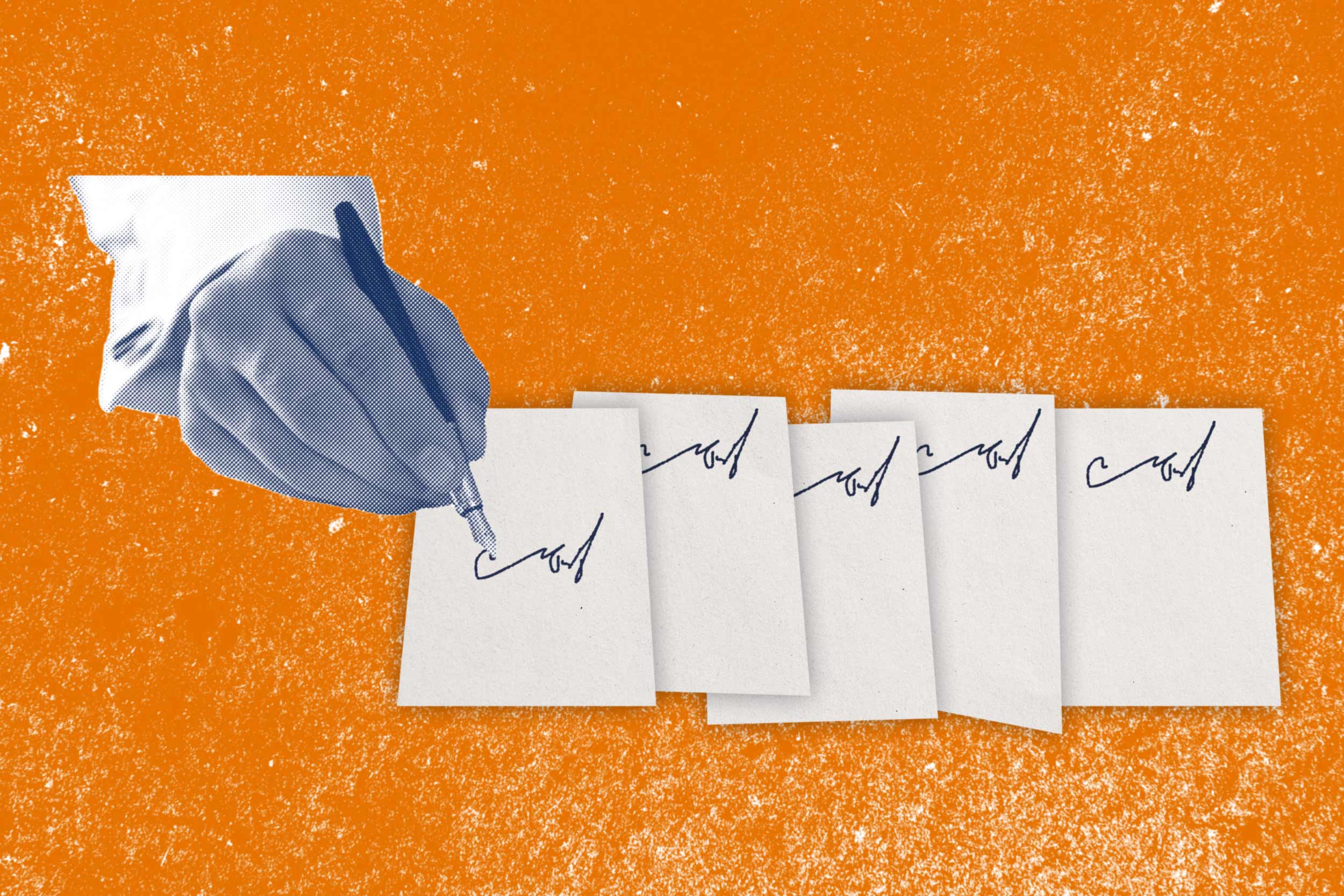“Executive orders cannot create new laws, appropriate funds or override existing legislation; those are powers reserved for Congress,” said Melody Barnes, executive director of UVA’s Karsh Institute of Democracy. “They must be rooted in existing constitutional or statutory authority, and they can be challenged in court or overturned by subsequent administrations.”
And they often are. Potter noted that during Trump’s first term in office, he withdrew the U.S. from the World Health Organization via executive order. Biden then signed an executive order to put the country back in the organization and Trump, on Day 1 of his second term, took the U.S. back out.
Perhaps the first newsworthy executive order was Washington’s April 22, 1793 Declaration of Neutrality, which declared the United States neutral in the war between France and Great Britain. A debate immediately erupted over whether Washington’s order was an exercise of the treaty-making power and could be declared without Senate approval. The constitutional debate regarding the president’s executive power in foreign affairs was resolved in the president’s favor, but it widened the rift between Alexander Hamilton and Thomas Jefferson.
“The Jeffersonians were building a party called the Democratic Republican Party, and the Hamiltonians were building a party called the Federalists,” said Sidney Milkis, UVA’s White Burkett Miller Professor of Governance and Foreign Affairs. “The Jeffersonians were attracted to France and its revolution, which they claimed was inspired by the American Revolution. And the Federalists thought that was mob rule, which they feared might break out in the United States.”
Lincoln’s Emancipation Proclamation, which freed slaves in the rebellious states during the Civil War, was also an executive order.
“Lincoln believed that to emancipate the slaves, you needed a constitutional amendment, which he would push forward toward the end of the war in 1865,” Milkis said. “But he thought it was important to issue the proclamation with a view to enlisting Black soldiers into the Union Army.”
Although executive orders have been around almost as long as the presidency, their use increased dramatically in the 20th century.
“Theodore Roosevelt was the first president to make extensive use of executive orders,” Milkis said, noting the turn-of-the-20th-century president issued nearly 1,100 orders, almost as many as had been issued in the 100 years prior.
“It’s been used even more among the 21st-century presidents and the reason for that, I think, is we’re facing a period of toxic polarization and partisan gridlock,” he said. “It’s very hard to get laws through Congress with the country divided as it is, so presidents are expected to cut through the Gordian knot and get things done.”
Presidents signing orders on inauguration day is not a rare occurrence.
“It is not unusual for a president – within hours or days of inauguration – to sign executive orders to quickly advance new policies or reverse existing ones,” said Barnes, who served as President Obama’s first domestic policy director. “I was in the White House when President Obama signed several early executive orders that reflected his priorities and campaign promises and set the tone for his administration.”
Executive orders are a means of governing and leadership, but also reflect the delicate balance of powers in the Constitution, the experts said. But changing policies back and forth from administration to administration could have adverse impacts.
“There are reverberating effects. I think the back-and-forth policies sort of sends a signal to the American public that we really are divided,” Potter said. “When we can’t seem to agree on basic things, over time that has an eroding effect on public trust.”











